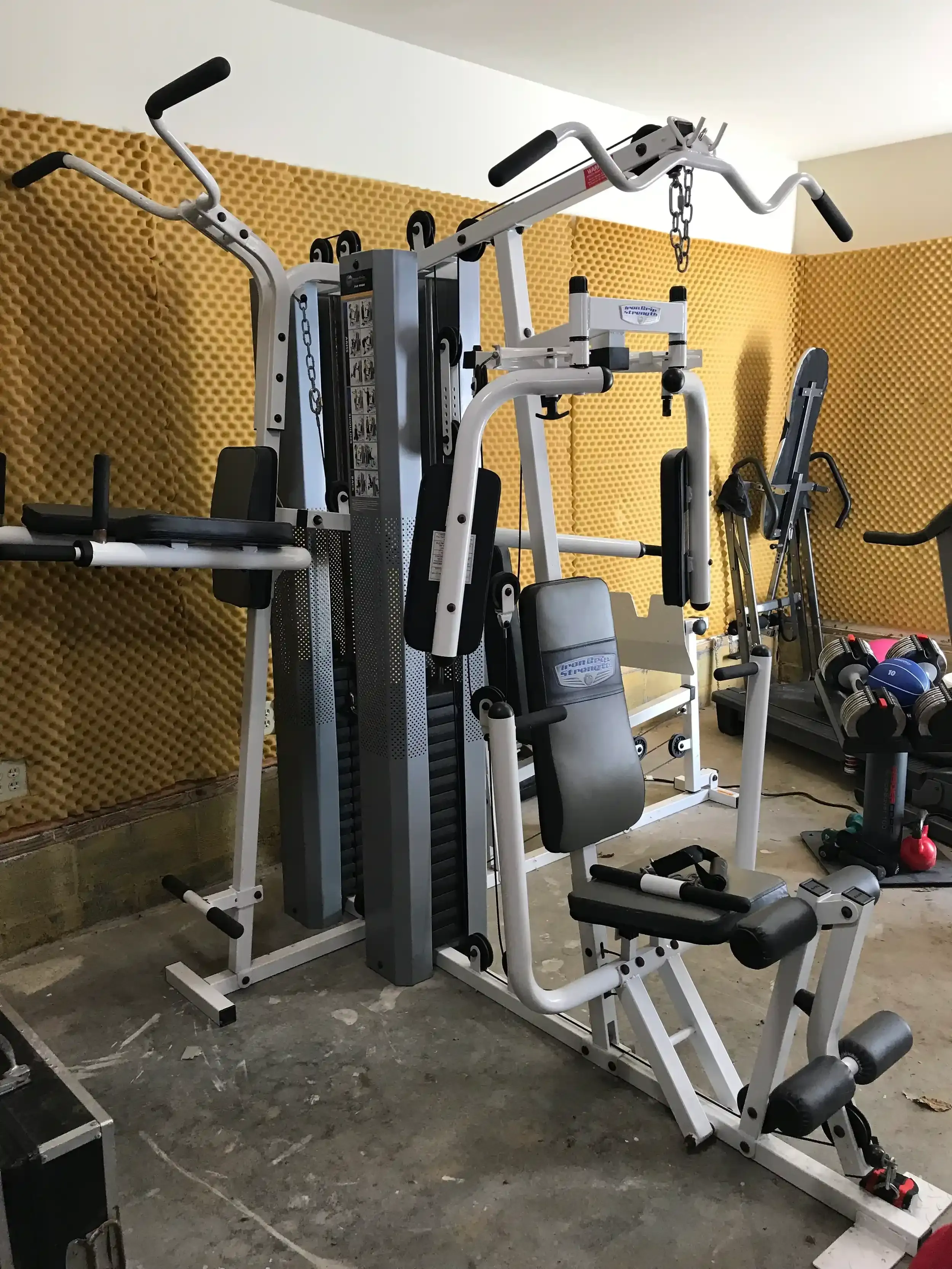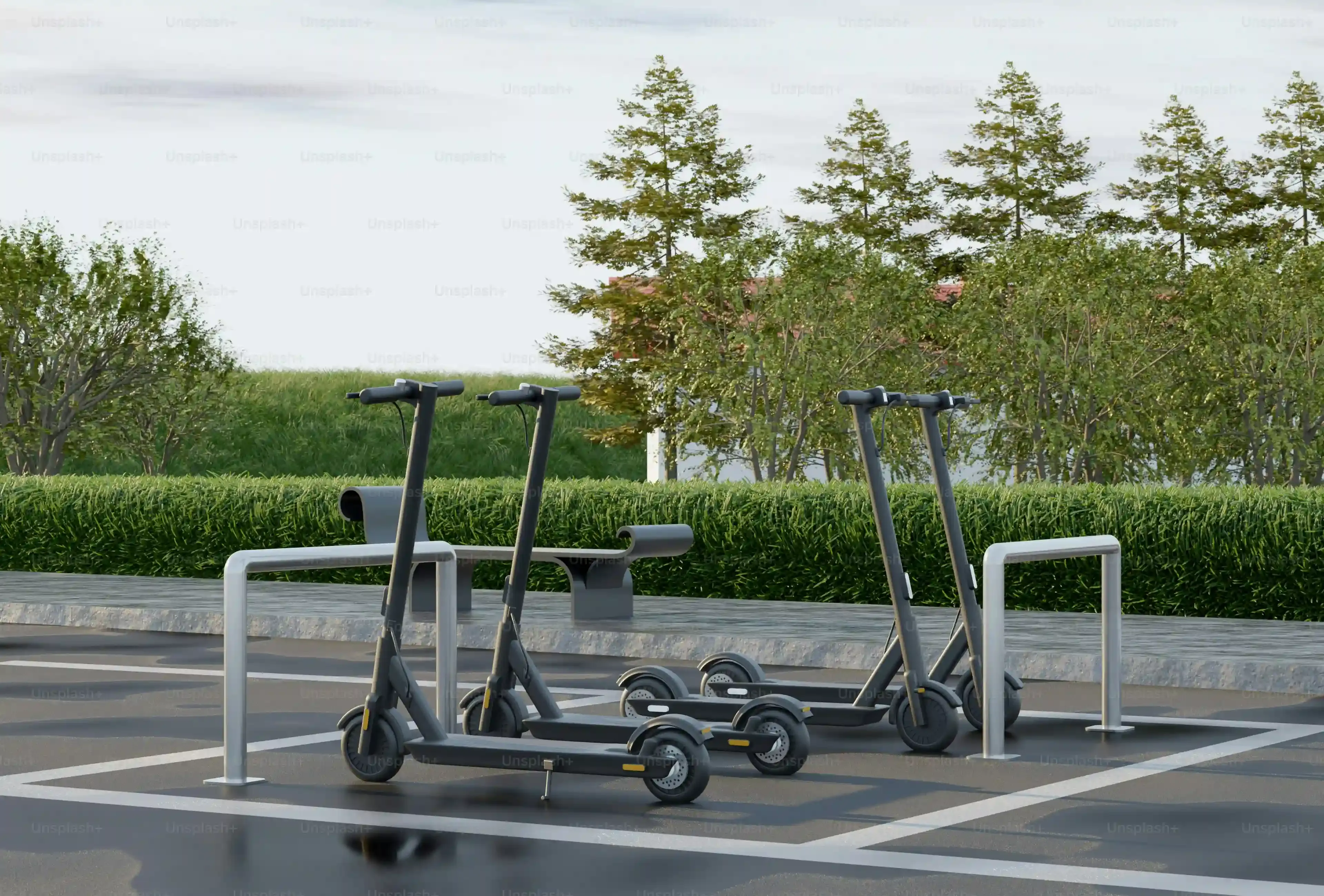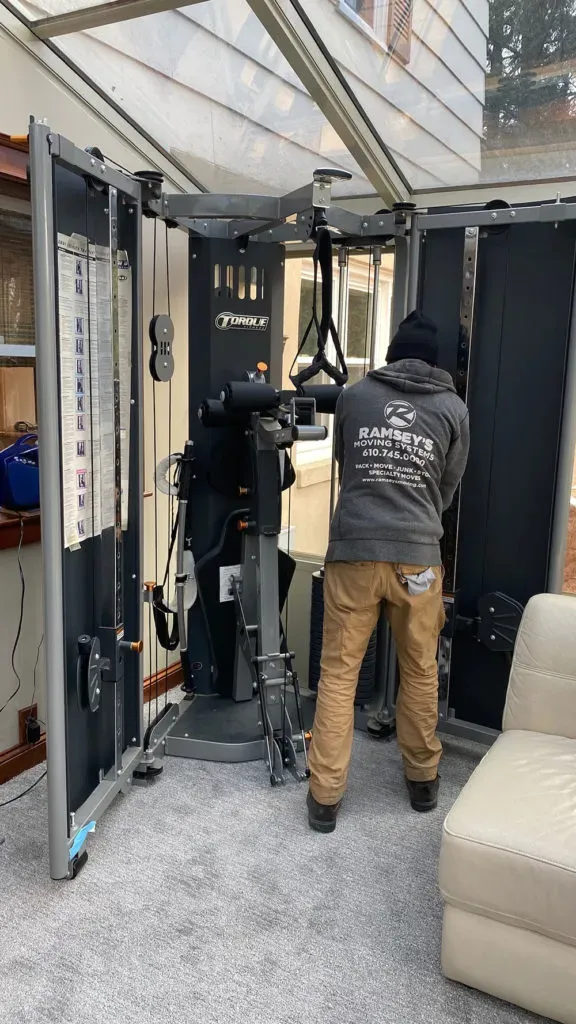Table of Contents
So, you've got a home gym. Awesome! You've got the squat rack, the treadmill that weighs more than a small car, and enough plates to sink a ship. Now, you need to move. Suddenly, that dream setup feels less like a temple of fitness and more like a monument to immovable objects. Trying to muscle that stuff yourself? That's a one-way ticket to snap city for your back, or at least a few scraped walls and maybe a dropped dumbbell or two. This is precisely why people start searching for "home gym equipment movers near me."
Why Moving Heavy Home Gym Gear is a Bad Idea (For Your Back)
Why Moving Heavy Home Gym Gear is a Bad Idea (For Your Back)
Let's be real. That squat rack isn't just heavy; it's awkwardly heavy. The treadmill? A bulky, motorized beast designed to stay put. Trying to wrestle these things down stairs, around corners, or even just across a room without the right tools or know-how is asking for trouble. Your back is not a crane, and your floors are not invincible. One wrong twist, one dropped weight plate, and you're looking at a slipped disc, a smashed toe, or a nice gouge in the hardwood. Forget the heroic tales of lifting incredible weights; the most common gym injury outside the gym happens trying to move the equipment itself. It's a prime example of why taking on a task like this yourself falls squarely into the "bad idea" category, especially if you value being able to stand upright the next day.
Finding Reliable Home Gym Equipment Movers Near Me
Finding Reliable Home Gym Equipment Movers Near Me
Starting the Hunt for the Right Crew
so you've decided not to reenact a scene from a poorly made action movie by moving your gym gear yourself. Smart move. Now the real work begins: finding actual, competent home gym equipment movers near me. Where do you even start? Forget just Googling "movers" and picking the first result. You need specialists. These aren't just folks who haul boxes; they know how to disassemble, pad, lift, and reassemble complex, heavy machinery without dropping a barbell on their foot or scratching your walls.
Begin by looking for companies that specifically mention fitness equipment, gym equipment, or heavy item moving. Check local moving company websites – many larger ones have specialized divisions for this. Don't underestimate the power of word-of-mouth; ask around in local fitness groups or online forums if anyone has used a service they recommend. Getting a personal recommendation can save you a lot of headaches down the line.
Vetting Your Potential Movers
Once you have a few names for home gym equipment movers near me, it's time to play detective. Don't just take their word for it. Look for online reviews, but be wary of overly glowing or suspiciously negative ones. Check their rating with the Better Business Bureau. Are they properly licensed and insured? This isn't a small detail; if they drop your $3,000 treadmill, you want to know it's covered.
Get quotes from multiple companies. A ridiculously low quote is often a red flag – you get what you pay for, and this is not the time to cheap out. A good company will likely want details about your equipment, where it's going, and any tricky bits like stairs or tight corners. If they give you a quote sight unseen without asking questions, proceed with extreme caution. They need to understand the scope of the job to price it accurately and safely.
Things to Check When Researching Movers:
- Specific experience moving gym equipment
- Online reviews and reputation
- Proper licensing and insurance
- Transparency in their quoting process
- Willingness to answer detailed questions
What to Ask Your Potential Home Gym Equipment Movers
What to Ask Your Potential Home Gym Equipment Movers
Probing Their Experience with Iron and Steel
you've got a list of potential home gym equipment movers near me. Now comes the interrogation phase. Don't be shy. This is your gear, your investment, and your back on the line (or rather, *not* on the line if they do their job right). The first thing you absolutely must nail down is their specific experience with fitness equipment. Ask them directly: "How often do you move treadmills? What's your process for disassembling a multi-station home gym? Have you ever moved a power rack or a heavy-duty leg press?"
Listen closely to their answers. Do they sound confident and knowledgeable, or do they hem and haw? A good crew will talk about specific tools they use, like furniture dollies, straps, and padding. They should have a plan for protecting not just the equipment but also your floors and walls. Anyone who shrugs and says, "Yeah, it's just heavy stuff, we move heavy stuff all the time," might not be the specialist you need for precision equipment.
Getting Down to Brass Tacks: Insurance and Pricing
Once you're satisfied they know their way around an incline bench, it's time for the money talk and the safety net talk. Ask about their insurance coverage. What happens if they accidentally scratch your expensive spin bike or drop a set of dumbbells through your floor? Get the details in writing. Understand what their liability is and if you need supplemental insurance for high-value items. A reputable company carries adequate insurance and is upfront about it.
Next, clarify the pricing structure. Is it hourly? A flat rate? Are there extra charges for stairs, long carrying distances, or complex disassembly/reassembly? Get a detailed quote that breaks down all potential costs. Don't accept vague estimates. A clear quote protects both you and the movers and prevents nasty surprises on moving day. Pin down a timeline as well – when will they arrive, how long will the move take?
Question Category | Specific Questions to Ask |
|---|---|
Experience | How many home gyms have you moved? What's your process for specific equipment (treadmills, racks)? |
Insurance & Liability | What is your insurance coverage? What is your liability for damage? |
Pricing | Is the quote hourly or flat rate? Are there extra fees for stairs or complex items? |
Process | Do you disassemble and reassemble equipment? How do you protect floors and walls? |
Disassembly, Assembly, and Handling Specifics
Moving fitness equipment often involves taking it apart and putting it back together. Ask your potential home gym equipment movers near me if they include disassembly and reassembly in their service. Some companies charge extra for this, while others factor it into the initial quote. Ensure they have experience with the specific brands or types of equipment you own. A high-end treadmill or a complex cable machine requires a different touch than a set of hex dumbbells.
Inquire about how they handle delicate or electronic components. Treadmill consoles, resistance mechanisms, and weight stacks all need careful treatment. A good mover will explain their process for securing these parts and ensuring nothing gets lost or damaged during transit. Don't assume they know your specific setup; provide them with photos or model numbers if possible so they can come prepared.
Preparing Your Equipment for the Move
Preparing Your Equipment for the Move
Prepping Your Iron Paradise for Transit
Alright, you've booked the pros, the home gym equipment movers near me who actually know a barbell from a dumbbell. Your job isn't quite done yet, though. Before they show up, there are a few things you need to do to make their job easier and protect your gear. Think of it as getting your equipment ready for its spa day, or maybe just getting it clean and tidy before strangers handle it. This involves clearing the area around each piece of equipment, removing any accessories that aren't bolted down – think weight plates off the rack, water bottles from the treadmill console, resistance bands hanging off the pull-up bar. Basically, anything loose needs to be secured or packed separately. It also means giving everything a quick wipe down; movers appreciate not having to grapple with equipment caked in sweat and chalk dust.
Here’s a quick checklist to run through before the moving crew arrives:
- Remove all weight plates, dumbbells, kettlebells, and other free weights from racks and machines.
- Detach any accessories like resistance bands, dip belts, or extra handles.
- Wipe down equipment surfaces to remove sweat and grime.
- Clear a path around each piece of equipment for easy access.
- Gather user manuals or assembly instructions if you have them – they can be helpful for reassembly.
Getting Your Gym Moved Without Breaking a Sweat (Or Anything Else)
Look, nobody built a killer physique by herniating a disc trying to drag a fully assembled leg press machine down a flight of stairs. Searching for "home gym equipment movers near me" isn't admitting defeat; it's making a smart call. These folks have the tools, the know-how, and the sheer muscle power to get your expensive gear from point A to point B without incident. It saves you time, saves you pain, and saves you the potential cost of repairing damaged equipment or, worse, your house. Do your homework, pick a reputable crew, and let them handle the heavy lifting. Your back (and your walls) will thank you.